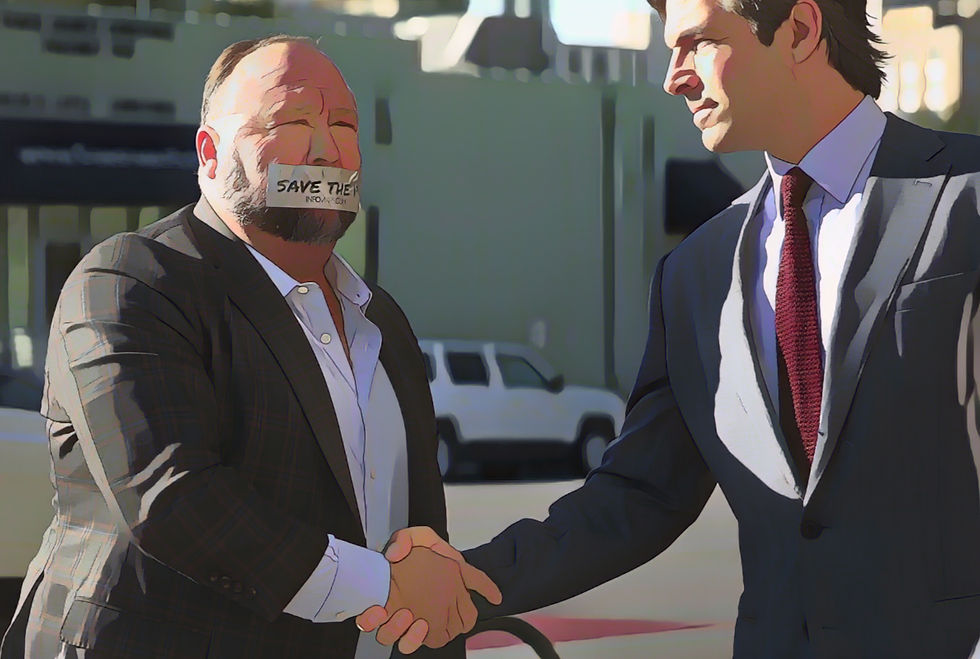Fairy Creek Blockade: A First-Hand Account
- Brooklyn Leschyshyn
- Dec 30, 2024
- 2 min read
Updated: Jul 11
Silvio Hanson Pastran recalls his time as a frontline activist at the high-tension Fairy Creek Blockade on Vancouver Island.

Brooklyn Leschyshyn - October 1st, 2022
"I first heard about the blockade a few years ago," he says, referring to the growing public awareness surrounding old-growth logging in the region. In early May 2021, after hearing from friends who had recently returned from the blockade, Pastran decided to join them a few days later.
"I didn't have any prior knowledge of Fairy Creek, the old-growth protection, or the importance of the land to the Pacheedaht people," he admits.
Despite this lack of prior knowledge, Pastran felt a strong calling to participate.
"Activism, especially environmental activism, has always been a significant part of my family's life," he says. "Going to Fairy Creek was an opportunity to engage in activism on a whole new level, far beyond anything I’d done before. I had to 'put my money where my mouth is.'"
Pastran and his friends drove 2.5 hours from Victoria to the main camp at the blockade's frontline. The initial atmosphere was overwhelming: a chaotic mix of excitement and the energy of fellow blockaders.
"The camps were chaotic, but we were directed to a job and set up camp in the trees," he recalls. One of the most striking questions upon arrival was, "Are you arrestable?"
Pastran describes a diverse group of people at the blockade, ranging from British Columbians to those from as far away as Quebec.
"I was surprised by the predominantly white presence, given that Fairy Creek is on Pacheedaht Indigenous land," he says. "The blockaders included anti-government anarchists, environmentalists, and Indigenous peoples, each with their own reasons for being there."
A particularly impactful encounter was with Elder Bill Jones, a former logger who had become an activist after witnessing the destructive impact of capitalism on the land.
Pastran's assigned job was to carry prohibited items like concrete and building materials throughout the camp, an act deemed arrestable under the injunction. He was later moved to the frontlines, where he witnessed firsthand the aggressive actions of the RCMP.
"I saw a woman with her shirt pulled down and pepper spray sprayed on her breasts," he recounts. "The excessive aggression and harassment towards blockaders were disturbing."
At one point, Pastran volunteered to lie in a hole dug into the ground, where he placed his hand in a sleeping dragon pipe and had it encased in concrete. This action aimed to prevent logging trucks from entering the work zone.
"The police eventually jackhammered through the hole and arrested me," he says. "I was taken to jail in the neighbouring town, then to court the next day and released."

Pastran describes the treatment of himself and other blockaders as dehumanizing.
Reflecting on the experience, Pastran says, "I wish there was the chance for actual change. The people had lost their direction of the Land Back mission. As a whole, we need to come to an understanding from both perspectives, and I believe that this is something we will never do."



Comments